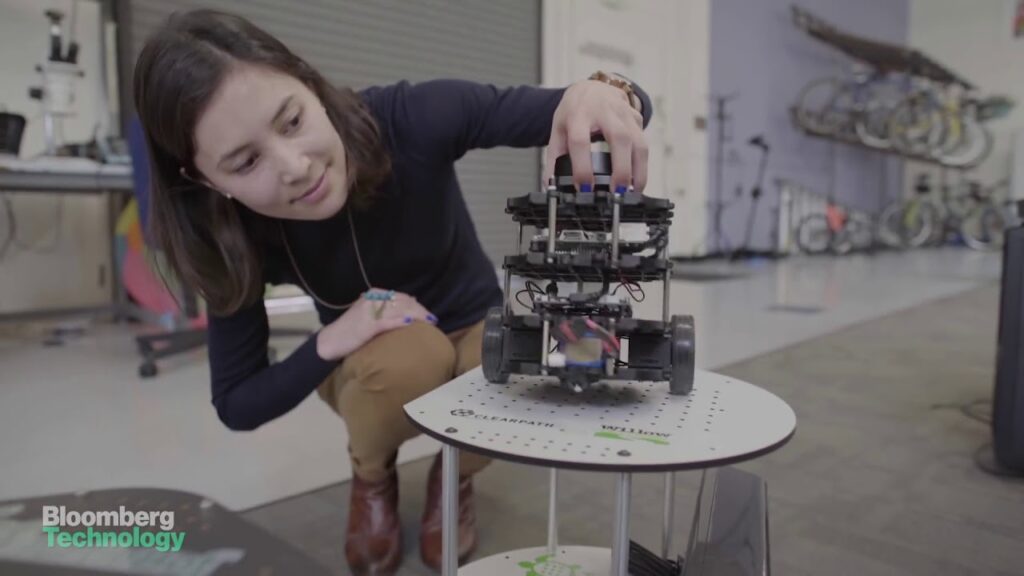Industrial Robots Applications: Exploring the History, Present, and Future of ROS
Introduction
In the world of robotics, one technology has been making waves and transforming the industry. Known as ROS, or Robot Operating System, it is a revolutionary platform that has changed the way robots are developed and programmed. In this article, we will delve into the history, present, and future of ROS, and explore its relevance in industrial robot applications.
ROS: A Brief Overview
ROS, the Robot Operating System, is an open-source framework that provides a collection of software libraries and tools to help developers build robot applications. It was initially developed in 2007 by Willow Garage, a research lab in California, and has since gained immense popularity and adoption throughout the robotics community.
The history of ROS is closely intertwined with the evolution of industrial robots. In the past, robot programming involved a complex and time-consuming process. Each robot had its proprietary software and programming language, which made it difficult to integrate and collaborate with other robotic systems. ROS changed this landscape by providing a common platform that standardizes the development and integration of robot software.
Present Applications of ROS in Industrial Robotics
Today, ROS is widely used in various industrial robot applications. Its modular and flexible architecture allows for seamless integration of different robotic components, such as sensors, actuators, and algorithms. This versatility has opened up new possibilities in automation, manufacturing, and beyond.
One of the key areas where ROS shines is in collaborative robotics. Collaborative robots, also known as cobots, are designed to work alongside humans in shared work environments. ROS enables the development of complex safety mechanisms and communication protocols, making it easier for cobots to interact with human operators safely and efficiently.
ROS also plays a crucial role in autonomous mobile robots. These robots are used in industries such as logistics, warehousing, and agriculture. By leveraging the power of ROS, developers can create intelligent navigation systems, perception algorithms, and object recognition capabilities for mobile robots, enabling them to navigate complex environments with ease.
Another promising application of ROS is in swarm robotics. Swarm robotics involves the coordination of multiple robots to perform tasks collectively. ROS provides the communication infrastructure and coordination algorithms necessary for swarm robotics, enabling a swarm of robots to accomplish tasks that are difficult or impossible for a single robot.
Future Prospects for ROS in Industrial Robotics
The future of ROS in industrial robotics looks promising. The open-source nature of ROS allows for continuous development and improvement. As more developers contribute to the ROS community, new features, algorithms, and libraries are being added regularly, expanding the capabilities of the platform.
One area that holds great potential is the integration of artificial intelligence (AI) with ROS. By combining AI algorithms with ROS, industrial robots can become smarter, more adaptive, and capable of learning from their environment. This opens up possibilities for advanced automation, such as adaptive manufacturing processes, predictive maintenance, and intelligent decision-making.
Furthermore, as the field of robotics continues to advance, ROS is expected to play a crucial role in the development of next-generation robot systems. With its modular and scalable architecture, ROS allows for easy integration of emerging technologies such as advanced sensors, machine learning algorithms, and cloud-based computing, giving rise to even more sophisticated and capable robots.
Conclusion
In conclusion, ROS has revolutionized the field of industrial robotics by providing a standardized platform for robot development and integration. Its modular and flexible architecture has enabled numerous applications in collaborative robotics, autonomous mobile robots, and swarm robotics. Looking ahead, the future of ROS in industrial robotics looks bright, with the potential to leverage AI and other emerging technologies for further advancements. As the robotics industry continues to evolve, ROS remains a key player in unlocking the potential of industrial robots and shaping the future of automation.
Industrial Robot
"The Significance of ROS in Robotics: Unveiling its Vital Role in Building and Enhancing Industrial Robot Applications"


